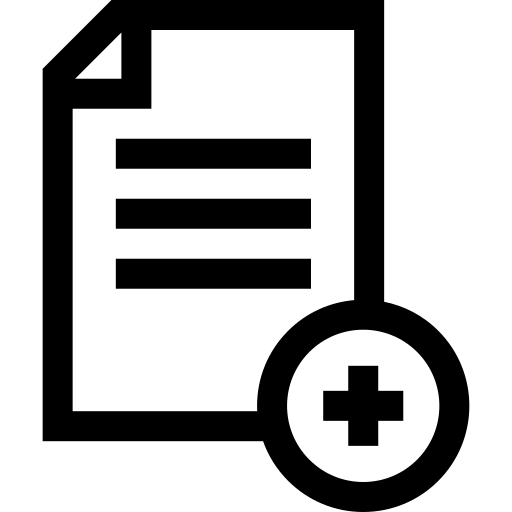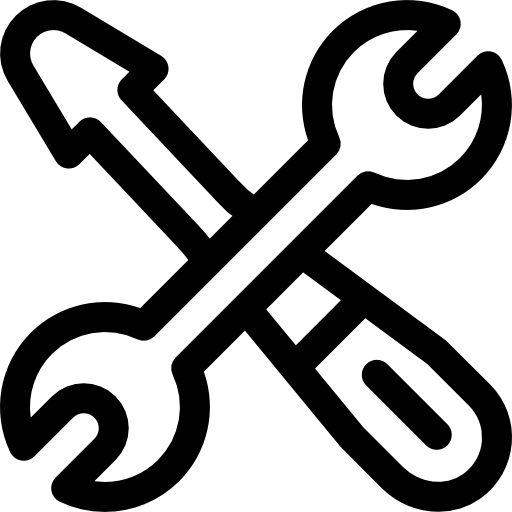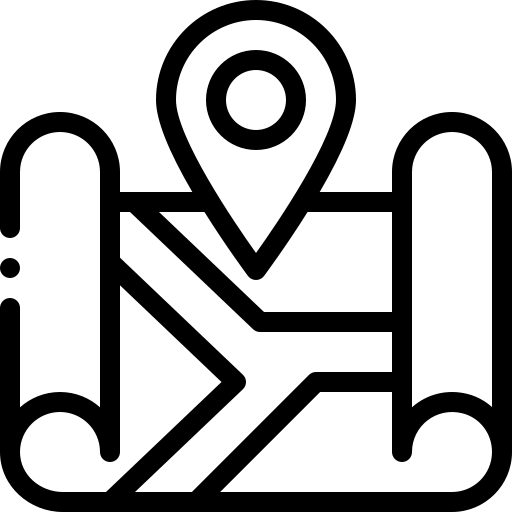Search engine optimization can feel a little overwhelming even to the most seasoned website owners, but it’s important to stay on top of your site’s performance and adjust your SEO as needed. If your site needs an SEO refresh, or you just finished creating a new site and want to make sure it’s optimized for search engines, follow this checklist to double-check that all the most important SEO elements are nailed down.
On-Page SEO
Title tags are the optimal length (60-70 characters) and include main keywords and location.
Title tags are unique to each page, with no duplicates on your site.
Headings clearly describe the content of each page and include main keywords .
Meta descriptions are around 155 characters, describe the content of the page, include relevant keywords, and have a call to action.
Meta descriptions are unique to each page, and there are no duplicates on your site.
The content on each page provides value, answers the search intent, and is well-written and free of errors.
The navigation and menu on your site are clear, simple, and easy to follow. The flow brings customers to the page they need in as few clicks as possible.
Analytics and Tracking
You set up your accounts on Google Search Console and Google Analytics , Google’s free tracking tools that allow you to track your performance and identify where you can improve.
You set up your account on Bing Webmaster Tools (especially if you’re located in the U.S.) to track your performance and use its built-in keyword research tool.
Technical SEO
You submitted your sitemap to Google Search Console in the form of an XML sitemap to tell Google and other search engines how the content on your site is organized so it can be properly indexed and crawled.
You checked your robots.txt files to see which pages are not indexed. You want to make sure pages like /billing/ and /wp-admin/ are not indexed, but any pages that you want customers to find are indexed.
Your website is secure with an SSL (Secure Sockets Layer). If you’re on a FareHarbor site, your site is already secure! If not, your bookings are still encrypted, but the rest of your site might not be secure. Check out our SSL guide to set it up.
URLs are short and descriptive and include the page’s target keyword. Take out any stop words such as the, a, of, many, or, etc.
Your content includes links to relevant internal and external resources to make it easy for visitors to navigate and to help build authority and trust for your site.
All images have descriptive alt text.
Your website is free of duplicate content and each page has unique, engaging content.
Your website is free of mixed content, meaning HTTPS content only (not HTTP) is embedded on HTTPS pages.
Local SEO
You’ve claimed and optimized your Google My Business profile .
Your business is listed on all the major and local business directories (such as Yelp, TripAdvisor, Yellow Pages, etc.)
Your business listings are up-to-date with accurate, consistent contact information.
Each page on your site is optimized for relevant location keywords.
Now that your website is optimized for SEO, you can be sure that you’re giving it the best chance to be discovered in search engines and drive organic traffic! Make sure you regularly track your performance using the analytics tools you’ve set up. If you want more detail on any of these steps, head over to our SEO guides.



